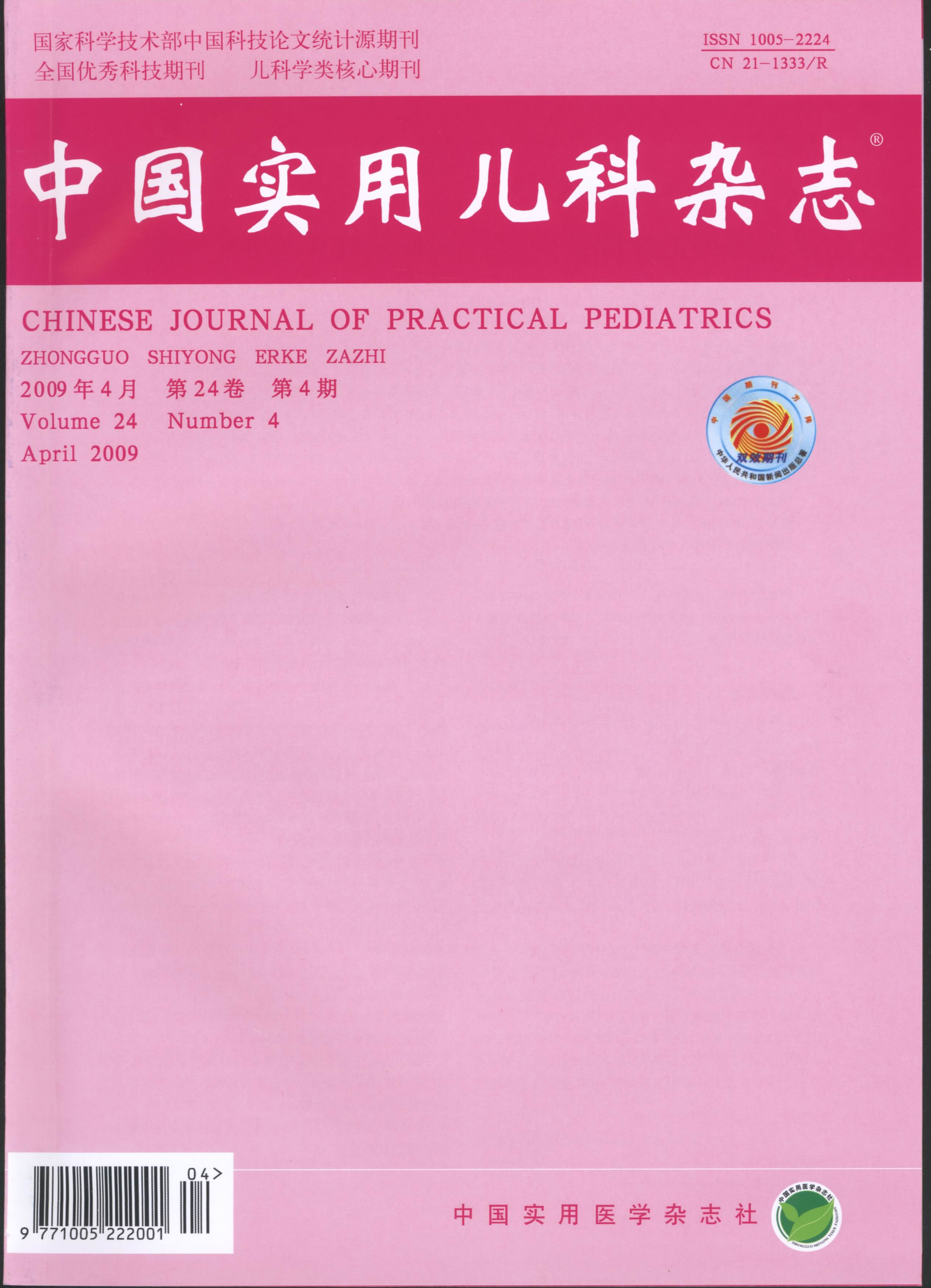Abstract:Objectives To evaluate the circulating endothelial progenitor cells (EPC) numbers as well as the serum lipoprotein levels and high sensitivity C-reactive protein (hs-CRP) in children with coronary aneurysms. Methods Thirty-one children with coronary aneurysms due to Kawasaki disease and twenty-one healthy children were enrolled in this study. Circulating EPCs were determined by flow cytometry, defined as CD34, KDR, CD133 possitive cells. Serum lipoprotein levels were measured by using automatic biochemistry analyzer and their matched reagents. Serum hs-CRP levels were determined by enzyme-linked immunosorbent assay. All data were analyzed by using SPSS 12.0 for windows. Results The KD group included 9 children with medium aneurysms and 22 children with gaint aneurysms. The duration from the onset of the disease was 1~12.5 years (median 2.53 years). The hs-CRP levels in KD group was significantly higher than in normal controls[(2.77±1.06)mg/L VS (1.60±1.53)mg/L, P < 0.01]. The number of circulating endothelial progenitor cells between the two groups had no statistical significance (P > 0.05) .The serum levels of TG, TC, HDL-C, LDL-C apo-A1 and apo-B between the two groups had no statistical significance (P > 0.05). Conclutions The serum level of hs-CRP is significantly increased in children with KD complicated with medium or giant coronary aneurysm late after the onset of disease, suggesting that children with persistant coronary aneurysms due to Kawasaki disease may have the disposition to premature atherosclerosis in young adulthood. Circulating endothelia progenitor cells and serum lipoprotein levels have no significant changes as compared with normal controls.

